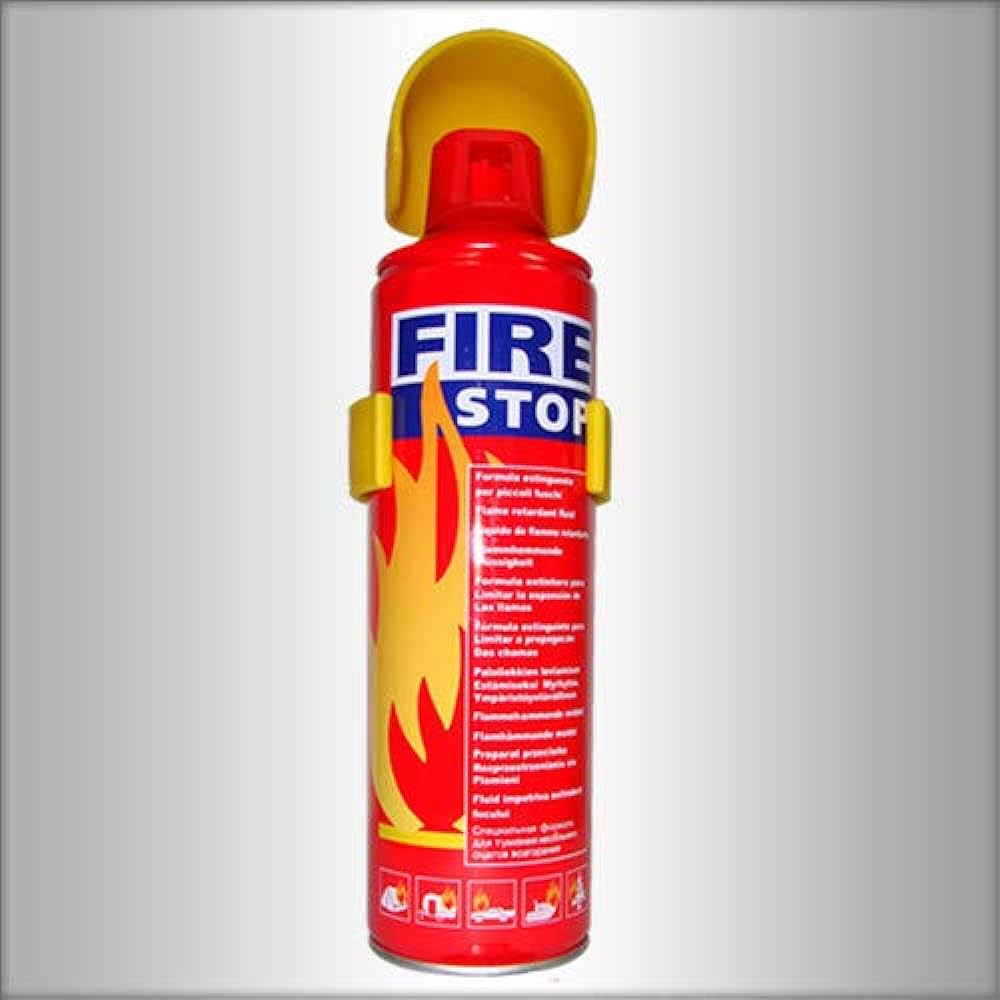Introduction
In complex construction environments, safety isn’t just a checklist—it’s the foundation on which everything else stands. For engineers working on high-risk structures such as hospitals, oil refineries, airports, and data centers, fire protection is a non-negotiable priority. With so many variables that can go wrong during an emergency, one of the most critical safeguards lies hidden behind walls and ceilings: the firestop system.
Advanced Firestop material plays a central role in preventing fire and smoke from spreading through structural joints and service penetrations. Engineers today rely on these advanced solutions not only to meet safety codes but to enhance performance, efficiency, and peace of mind across critical infrastructure.
Let’s explore the top eight reasons why engineers continue to trust modern firestop materials in some of the world’s most demanding environments.

1. Proven Performance Under Extreme Conditions
In high-risk facilities—think refineries or power plants—temperatures during a fire can exceed 1,000°C. Advanced Firestop material is designed to expand and seal openings when exposed to heat, effectively blocking flames and toxic gases. Unlike older sealants that lose integrity under extreme conditions, new formulations maintain flexibility and adhesion, even after years of exposure to moisture or vibration.
These materials are rigorously tested according to international standards such as UL 1479 and ASTM E814, ensuring reliability under pressure. Engineers trust them because performance isn’t theoretical—it’s proven through decades of real-world application and continuous innovation.
2. Compliance with Global Fire Safety Standards
High-risk zones require absolute compliance with international building and fire codes. Advanced firestop systems are designed to meet stringent local and global standards, including NFPA, UL, and FM approvals. These certifications give engineers confidence that the material performs as expected in life-threatening scenarios.
For projects in the UAE, Europe, or North America, using compliant materials isn’t just best practice—it’s a legal requirement. Trusted suppliers provide all necessary documentation, making the inspection and approval process smoother and faster.
3. Long-Term Durability and Low Maintenance
Engineers look for products that stand the test of time. Firestop materials now use advanced polymers and fillers that resist humidity, UV exposure, and chemical corrosion. This durability is especially critical in environments like industrial plants or marine facilities, where constant exposure to harsh elements can degrade traditional materials.
Once installed, high-quality firestop systems require minimal maintenance, reducing downtime and operational costs. This combination of longevity and cost efficiency makes them a smart investment for any large-scale project.
4. Adaptability to Complex Structures
Modern construction often involves intricate architectural designs and diverse building materials. Advanced firestop solutions are engineered for versatility—they can be applied to concrete, gypsum, metal, and even composite surfaces.
Engineers appreciate how adaptable these materials are to different penetrations and gaps, whether around cables, pipes, or ductwork. This adaptability simplifies installation across mixed-use developments, high-rise buildings, and industrial complexes without compromising fire resistance.
5. Enhanced Acoustic and Thermal Insulation
Fire protection is just one part of a building’s performance. Many advanced firestop systems also provide secondary benefits like soundproofing and thermal insulation. In hospitals, schools, and office towers, this dual functionality helps create safer and more comfortable environments.
The material acts as a sealant, blocking noise transmission through wall penetrations while maintaining the structure’s energy efficiency. For engineers, this added value means fewer separate installations and reduced overall project complexity.
6. Environmentally Responsible Formulations
Sustainability is no longer an optional feature—it’s a design imperative. Many next-generation firestop products are now formulated with low-VOC compounds, halogen-free additives, and recyclable packaging. These eco-friendly properties align with green building certifications like LEED and Estidama.
By choosing sustainable materials, engineers not only enhance fire protection but also contribute to healthier indoor environments and reduced carbon footprints. This balance between safety and sustainability reflects the evolving priorities of the global construction sector.
7. Simplified Installation and Inspection
In high-pressure project timelines, ease of application is a major advantage. Modern firestop products are designed for quick, clean installation—reducing labor hours without sacrificing quality. Some materials even come with color-coded systems, helping inspectors easily verify compliance after installation.
Additionally, pre-formed firestop solutions, such as collars or sleeves, are increasingly popular. They eliminate on-site guesswork and minimize installation errors, ensuring consistent results across multiple sites or buildings.
8. Continuous Innovation and Technical Support
The construction industry is evolving rapidly, and so is the technology behind passive fire protection. Leading manufacturers invest heavily in research and development to enhance formulation strength, elasticity, and environmental performance.
Beyond innovation, engineers also value the technical support that accompanies advanced products. From design consultation and on-site training to digital modeling tools, these services ensure correct installation and long-term reliability. In high-stakes environments, such professional guidance is as important as the product itself.
The Impact of Advanced Firestop Systems in High-Risk Environments
High-risk zones demand absolute reliability—and firestop systems are often the unsung heroes ensuring that reliability. In the event of a fire, these materials compartmentalize the spread, providing crucial time for evacuation and response. For critical facilities like data centers or chemical plants, this containment could mean the difference between a manageable incident and a catastrophic loss.
Engineers trust these materials not just because of their certifications, but because of their performance in the field. Whether it’s protecting electrical systems, maintaining structural integrity, or ensuring compliance across global markets, advanced firestop technology consistently delivers on all fronts.
Also Read: Top 5 Maintenance Tips for Perkins Diesel Generators UAE Owners
Conclusion
In the world of engineering and construction, safety innovations often go unnoticed—until they save lives. Firestop materials may remain hidden behind walls and ceilings, but their role in protecting infrastructure is monumental.
The reasons engineers continue to trust advanced firestop systems are clear: they perform under pressure, comply with global standards, adapt to any structure, and support sustainability goals. Most importantly, they provide peace of mind—knowing that even in the most high-risk zones, the structure and the people within it are safeguarded.
